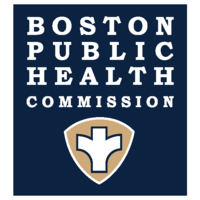Mononucleosis
This fact sheet answers frequently asked questions about Mononucleosis.
Infectious mononucleosis is a viral disease that affects certain types of white blood cells. It is usually caused by the Epstein-Barr virus.
The basics
Who gets infectious mononucleosis?
Infection can happen early in life. In the United States, people are often exposed to the virus as older children or young adults.
How is infection spread?
The virus spreads by person-to-person contact with saliva. In rare instances, the virus transmits by blood transfusion.
When and for how long is a person able to spread infectious mononucleosis?
You can find the virus in the throat while a person is ill and can shed for many months after infection. After initial infection, the virus can stay dormant for a long period. Sometimes it can reactivate and shed from the throat again. This reactivation usually occurs without symptoms.
Symptoms
What are the symptoms of infectious mononucleosis?
Fever, sore throat, swollen lymph nodes, headache, and general tiredness are common symptoms. In some cases, it may affect the liver and spleen. Recovery from mononucleosis usually occurs within several weeks. However, in some cases it can take months for infected persons to fully recover. The disease is almost never fatal.
How soon do symptoms appear?
Symptoms can develop 30-50 days after exposure.
Prevention
What can a person do to prevent spread of mononucleosis?
Most people exposed to those with mononucleosis that have already had the infection are not at risk. Transmission requires contact with the saliva of an infected person. Since previously infected people may still be carriers avoid sharing utensils or other tools that may have saliva on them. The virus can also spread through coughing and kissing. Frequent hand washing can also help to reduce the risk of infection.
Treatment
What is the treatment for mononucleosis?
In most cases the only needed treatment is rest.




